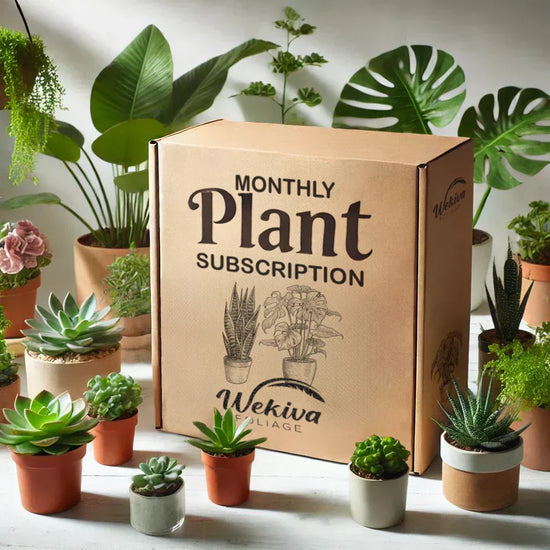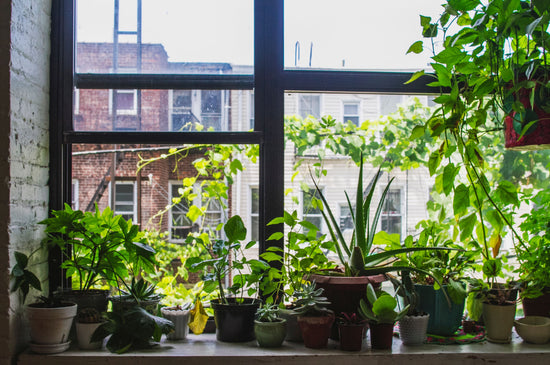What Clematis Flowers Twice a Year
Clematis vines that bloom twice a year are highly sought after for their extended blooming season. These varieties provide two distinct displays of flowers, often with a large flush of blooms in late spring or early summer followed by a second round in late summer or early fall. Their dual-blooming nature makes them perfect for adding lasting beauty to your garden. Discover these versatile clematis varieties in our Clematis Collection and enjoy months of vibrant color.

What Makes a Clematis Flower Twice a Year?
- Dual Blooming Habit: These clematis varieties bloom on both old wood (growth from the previous season) and new wood (current season growth).
- Group 2 Classification: Most twice-flowering clematis belong to Group 2, requiring light pruning to encourage their repeat blooms.
- Extended Growing Season: With proper care, these clematis varieties provide flowers from late spring through early fall.

Top Clematis Varieties That Flower Twice a Year
-
Clematis ‘Nelly Moser’
- Description: This popular variety features striking pink blooms with darker pink central bars. It blooms first in late spring and again in late summer.
- Height: 8–12 feet.
- Best Use: Ideal for shaded walls, trellises, or garden corners.
-
Clematis ‘The President’
- Description: Known for its large purple-blue blooms, this clematis offers two prolific flowering periods in spring and late summer.
- Height: 8–10 feet.
- Best Use: Perfect for small trellises or container gardens.
-
Clematis ‘Dr. Ruppel’
- Description: With bold pink petals and crimson central bars, this variety provides vibrant color twice a year.
- Height: 8–12 feet.
- Best Use: Great for fences, arbors, or sunny garden walls.
-
Clematis ‘Bees Jubilee’
- Description: This variety produces mauve-pink flowers with a carmine stripe, blooming in late spring and again in late summer.
- Height: 8–10 feet.
- Best Use: Ideal for brightening shaded areas or climbing over fences.
-
Clematis ‘Josephine’
- Description: This double-flowered clematis features layered pink and green petals, creating a unique look during both blooming cycles.
- Height: 8–10 feet.
- Best Use: Stunning on trellises or as a garden centerpiece.
How to Care for Twice-Blooming Clematis
-
Prune Correctly
- Lightly prune in early spring to remove dead or weak stems while retaining old growth for the first bloom cycle. After the first flush of blooms, lightly trim the plant to encourage the second flowering period.
-
Support Growth
- Provide a sturdy support structure such as a trellis, fence, or arbor for these climbing plants.
-
Fertilize Regularly
- Apply a balanced fertilizer in early spring and after the first bloom cycle to encourage repeat flowering.
-
Water Consistently
- Keep the soil moist but not waterlogged. Mulch around the base to retain moisture and keep the roots cool.
-
Deadhead Spent Flowers
- Removing faded blooms after the first flowering period encourages the plant to focus its energy on producing new flowers.

For more twice-blooming clematis varieties and growing tips, visit our Clematis Collection.
FAQ: What Clematis Flowers Twice a Year?
Q: Are all twice-blooming clematis in Group 2?
A: Yes, most clematis that flower twice a year belong to Group 2, as they bloom on both old and new wood.
Q: How do I ensure my clematis blooms twice?
A: Prune lightly in early spring, fertilize after the first bloom cycle, and deadhead spent flowers to promote a second flush.
Q: Can twice-blooming clematis grow in partial shade?
A: Yes, varieties like Clematis ‘Nelly Moser’ perform well in partial shade and still produce two blooming cycles.
Q: Are twice-blooming clematis suitable for small gardens?
A: Absolutely. Compact varieties like Clematis ‘The President’ and Clematis ‘Josephine’ are ideal for smaller spaces or containers.





